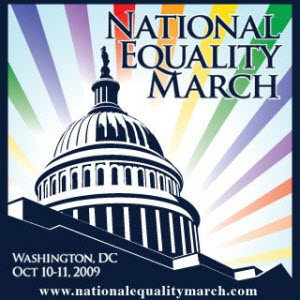Linda A. Dove
July 28, 2012.
I was born on a Saturday. And you probably all know the ditty? Saturday’s child works hard for a living.
This morning I’m going to talk about my work and ask you to share about yours.
I owe much of who I am today to the different types of work I’ve done in my life.
After many other jobs, I was a World Bank official in international aid for 19 years. I’ll use just that job as an example of my theme.
In your OOS, there’s a brief (if simplistic) guide to the main facts about the World Bank.
Let me give you a feel for the grassroots efforts the World Bank makes in developing countries—work that doesn’t often get into the media.
And then I’ll share with you how my Bank work helped me affirm what values I wanted to live by.
I’ll tell you a bit about just one little project in Bangladesh when I was a new recruit in the Bank.
I’ve chosen a project in education since you’ve all been to school, many of you have worked in education, and some of you know firsthand the desperate conditions in very poor countries.
Like so many others, I was in the international aid field through a wish to make some difference in the world. But any naïve idea I had about having lots of personal power to do this in the short-term was quickly blown away by reality.
You all know how controversial international aid is, and that’s a whole other discussion.
Today, I want to emphasize the complexity of the path from hard work to results—
from designing a project to actually improving people’s lives.
 October 11, 2009
October 11, 2009